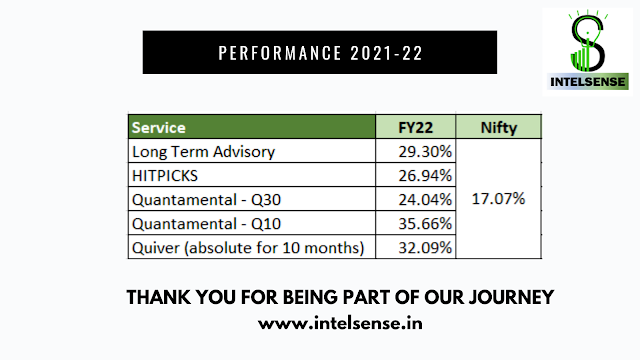Mobility is everything, or so the fitness gurus would have you believe. But the focus on mobility and movement isn’t new. It’s as old as 1965, when a Japanese firm launched the pedometer and popularised the idea that taking 10,000 steps daily leads to better health. The company was Yamasa Clock and Instrument Company, and its pedometer was called Manpo-kei, which translates to “10,000 steps meter” in Japanese. A 2019 study on daily step count by researchers from Harvard Medical School, surmised that this is where the magic number of 10,000 steps comes from. In a separate study published in Lancet last month, researchers wrote that, “Although 10,000 steps per day is widely promoted to have health benefits, there is little evidence to support this recommendation.”
For this study, published in the Lancet, researchers analysed 15 studies that covered the health and fitness of over 47,000 people, over a period of seven years. They found that while “10,000 steps” is a myth, there are health benefits for adults who clocked more steps. Adults who walked more had a 40% to 53% lower risk of mortality. They also found that taking more steps per day was associated with a progressively lower risk of all-cause mortality but varied by age. There was progressively lower risk of mortality among adults aged 60 years and older who walked about 6,000–8,000 steps per day, and among adults younger than 60 years who walked about 8,000–10,000 steps per day.
2. Autonomous taxi is now starting off in China
Pony.ai has received a license to operate its autonomous taxi service in China, making it the first company to win the country’s approval (via Reuters). Starting in May, the Toyota-backed robotaxi service will operate 100 autonomous vehicles in the Nansha district of Guangzhou, and will later expand to serve other portions of the city.
Pony.ai says riders can hail and pay for rides from the company’s app between 8:30AM to 10:30PM, and that its fares will align with the “standard taxi pricing” in Guangzhou. The autonomous vehicles will also have a driver present in the car for safety purposes, but plans to remove them over a “short to intermediate time frame.”
https://www.theverge.com/2022/
3. Playing status games
Status is one of humanity’s great poisons, but it’s so deeply engrained in our evolutionary makeup that we continue to drink from its fountain whenever we can. It’s an unsurprising fact that animals arrange themselves based on hierarchical power structures, but what’s surprising to me is how readily human beings follow that same behavior without much thought.
Much of the “creator economy” has less to do with what one creates, and more to do with the status one exudes. Perhaps in the beginning, the work has to speak for itself, but after a certain point, what matters more is the identity of the person creating the work as opposed to the work itself.
https://moretothat.com/the-
4. How to be happy?
The modern world almost universally tells us that what will make us happy is acquisition of some kind. The raison d'être of modern life seems to be to receive. To go further even, to take. Just think of that dehumanizing label given us by advertisers: “consumer”. As if we were mere locusts. Alas, it is a great sadness that many of us have allowed ourselves to become just that, we but hope not irredeemably.
“He who dies with the most toys wins” is meant to be a dark joke, not wise counsel to be pursued.
Selfishness is a great plague on the human spirit. A life of self-denial is simply one in which getting what you want is not the axis on which the world spins. You may get what you want, you may not, but you no longer make that the condition for your well-being. Ideally, you abandon the concern altogether and seek to give of yourself and what you have as much as possible.
Treat everything you do as if it is the most important thing you could possibly be doing. You’ll soon find that it is. Give everything you’ve got to it. That’s purpose. That’s the path to true happiness that everyone is seeking. We just have to remember this and walk in it. Simple, if not always easy.
https://thinkonthesethings.
5. The quest for superhuman healing
Mammals, from tiny rodents to humans, never usually recover from serious spinal cord or other central nervous system injuries. Except, it seems, for the African spiny mouse.
In recent years, scientists have discovered that this creature, found in arid habitats in African countries including Kenya, Somalia and Tanzania, has an extraordinary gift for regeneration. It can overcome devastating injuries to its skin, heart, kidneys and spinal cord.
The African spiny mouse joins a special list of otherwise non-mammalian species known to be able to regenerate important parts of their bodies. Regeneration is a specific form of wound healing that replaces lost tissues more or less like-for-like, avoiding excessive scarring, so that the body part in question can function just as well as it did before. Axolotls, flatworms, zebrafish and some jellyfish can regenerate relatively large and complex parts of their bodies, for instance. And newly hatched alligators can regrow severed tails, according to a study published in 2020. But none of these animals are as closely related to us, genetically speaking, as the African spiny mouse.
https://www.bbc.com/future/








